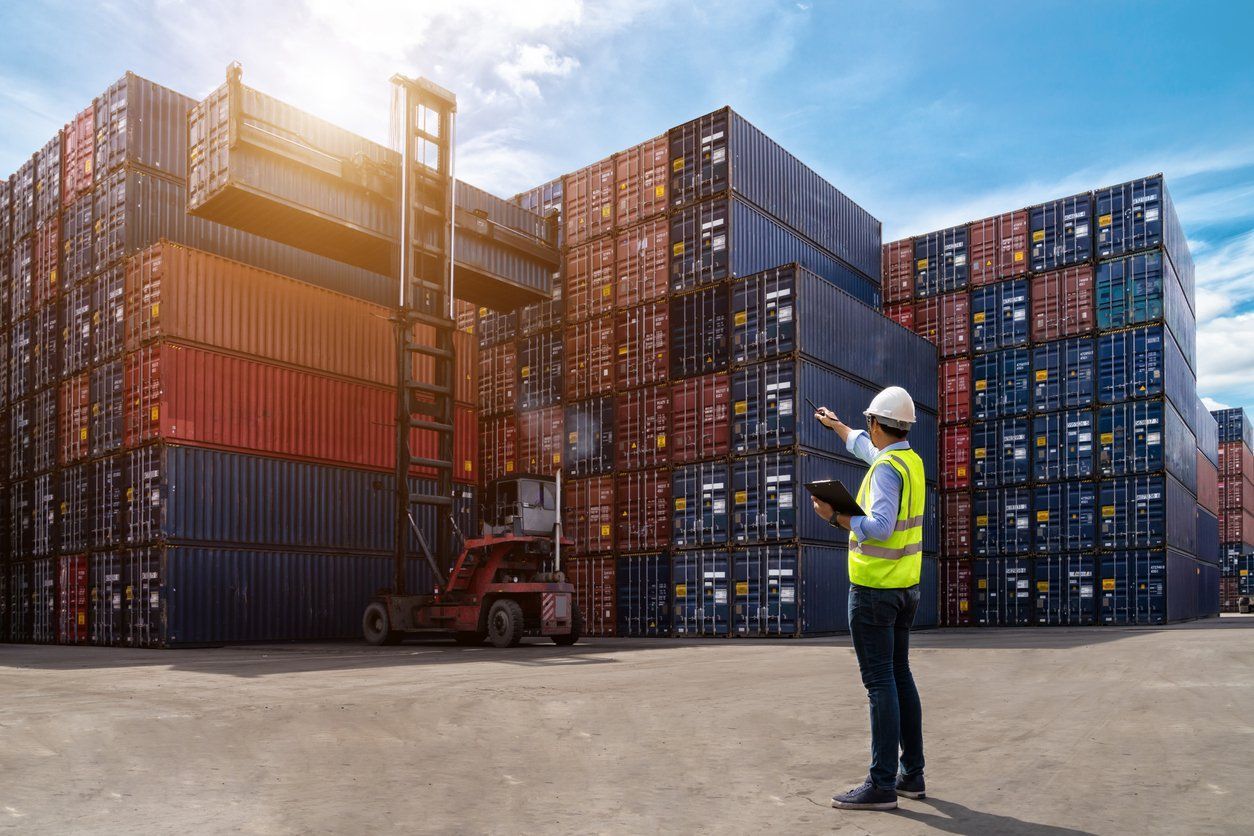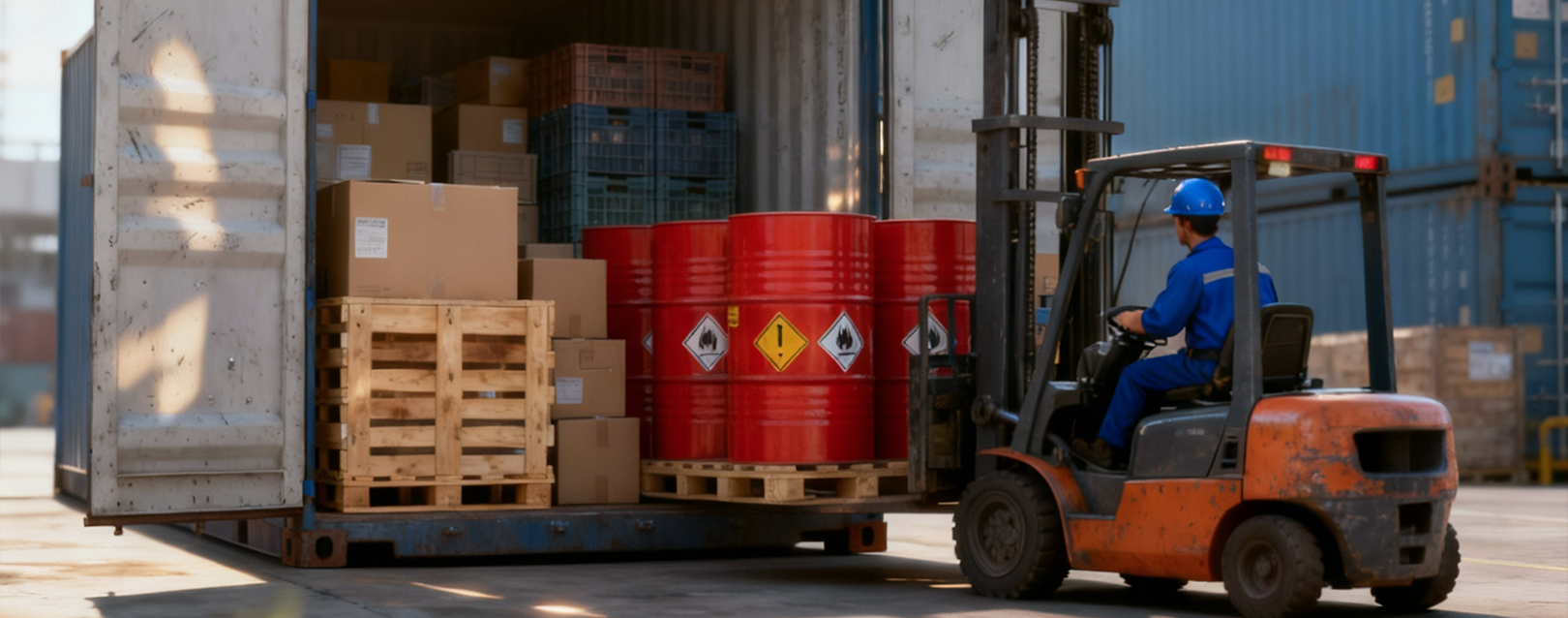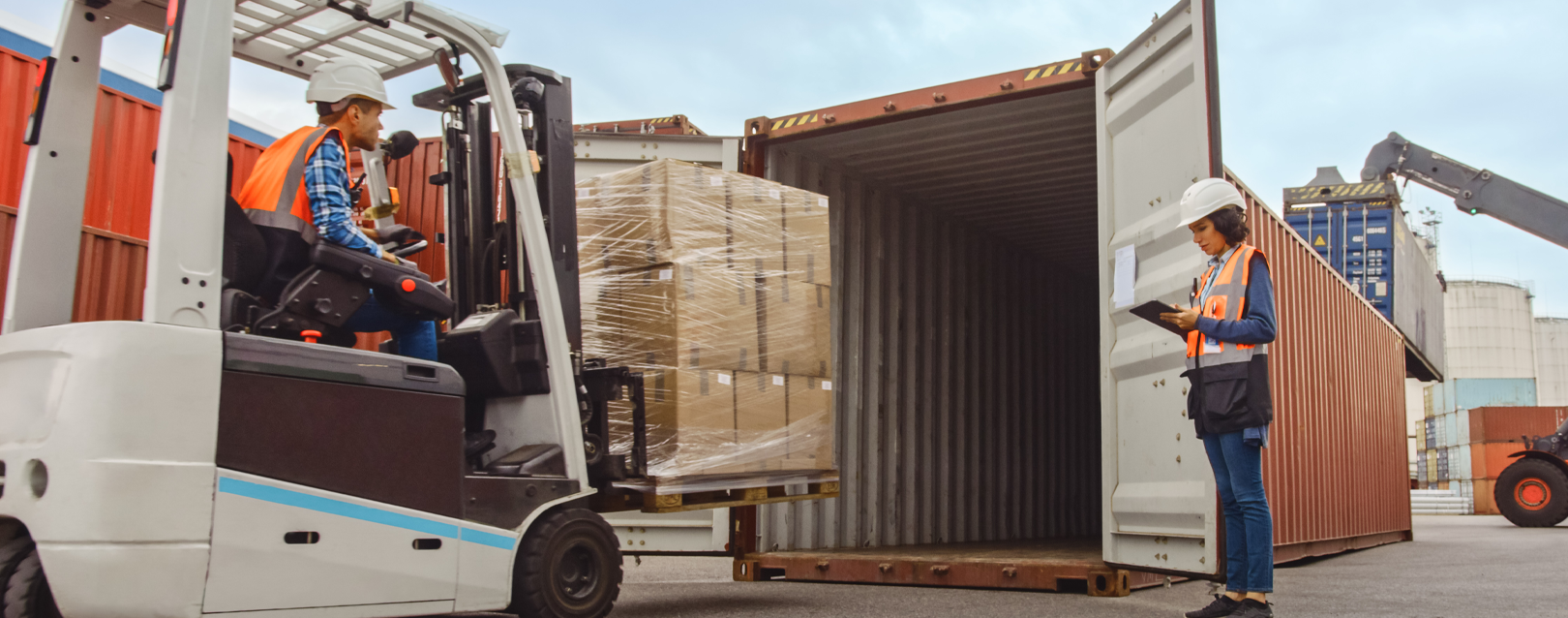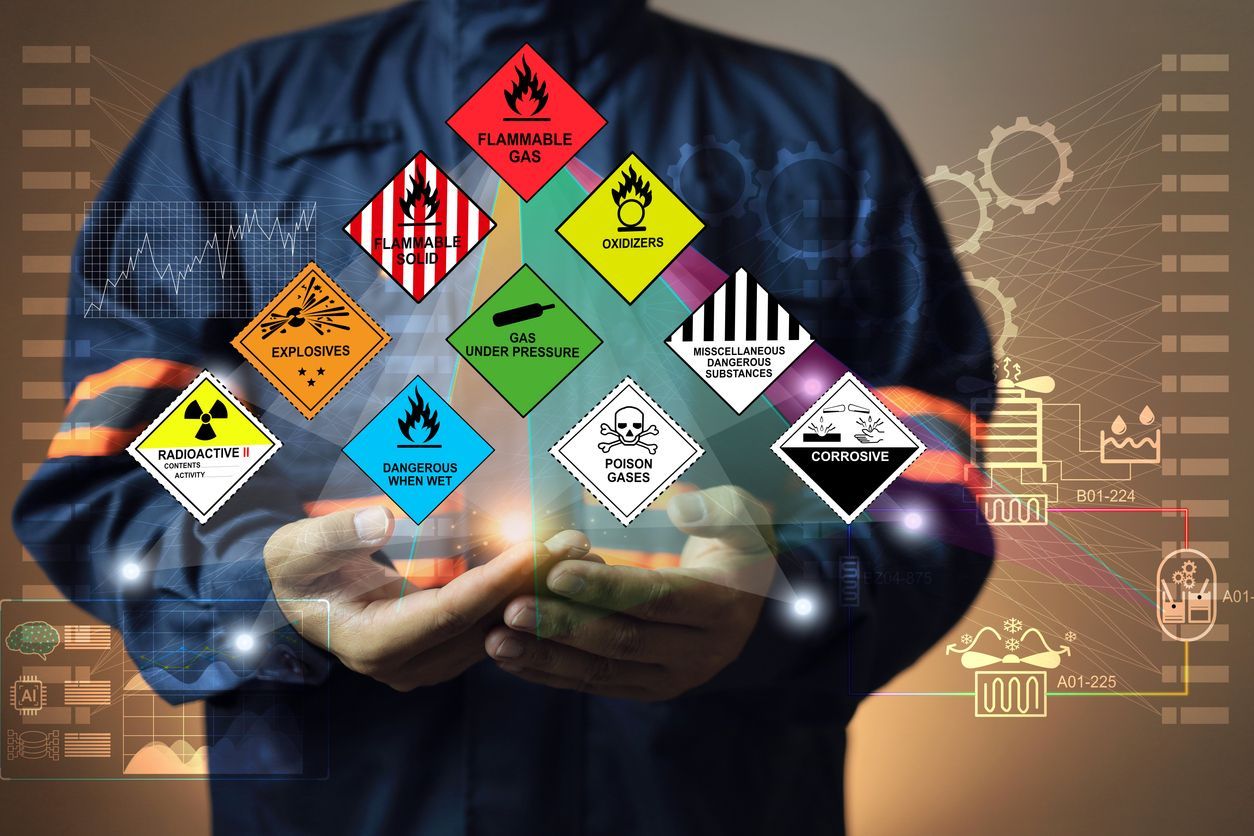
The IMDG Code (International Maritime Dangerous Goods Code) is fundamental for the safe transportation of hazardous cargo in international maritime trade.
Developed by the International Maritime Organization (IMO), this code establishes clear standards and regulations for the packing, labeling, and transporting of hazardous goods, minimizing the risk of accidents and ensuring operational safety.
For freight forwarders and shipping agents, understanding the relevance of the IMDG Code is crucial for ensuring that goods are moved safely and in compliance with international legislation.
What Is the IMDG Code?
The IMDG Code was created by the IMO to standardize practices related to the maritime transportation of hazardous cargo.
It standardizes a series of requirements, including the conditioning, packaging, labeling, documentation, stowage, and handling of goods. This ensures that, regardless of the route or the country of origin and destination, the procedures are uniform, significantly reducing the risk of accidents.
A hazardous cargo is defined as any substance that, under normal conditions, poses risks to safety, whether due to being flammable, toxic, corrosive, or explosive.
The code is not just a recommendation but a widely accepted guide, updated every two years with amendments reflecting changes and advances in transportation and maritime safety.
What Is the Importance of the IMDG Code in Maritime Transportation?
Maritime transportation is one of the main methods of moving hazardous cargo worldwide.
However, improper handling of these products can result in serious accidents, such as explosions, fires, or leaks of toxic substances into the environment. To mitigate these risks, the IMDG Code serves as a mandatory reference guide for all involved in the transportation of hazardous goods.
The implementation of the code ensures that everyone involved in the process—from packaging to transport and delivery—understands the specificities of the materials they are handling.
This uniformity not only increases safety but also facilitates business operations, as the code provides clear guidelines for transportation, minimizing the chances of errors.
Moreover, the IMDG Code is recognized by various other regulations, such as the SOLAS Convention and MARPOL, which also regulate safe maritime transportation.
Types of Hazardous Cargo in International Transportation According to the IMDG Code
The IMDG Code classifies hazardous cargo into different categories, each with its own specifics. Some of these classes include explosive substances, gases, flammable liquids, toxic substances, corrosive materials, and radioactive materials.
Each of these classes requires specific treatment, with stringent regulations to ensure that risks are minimized to the fullest extent.
In addition to classifications, the code offers clear guidelines on how these cargoes should be segregated, both aboard ships and in port areas. This is essential to avoid dangerous reactions between different types of materials that may be transported together.
Failure to comply with these rules can result in serious accidents that not only endanger human life but also cause significant environmental damage.
Certified Packaging and the IMDG Code
Certified packaging is one of the pillars of safety in the transportation of hazardous cargo. The IMDG Code establishes that the packaging used for hazardous goods must be certified and approved to ensure that it withstands adverse conditions that may arise during maritime transport.
This includes both the physical strength of the packaging and its ability to contain hazardous substances, preventing leaks or contamination.
In Brazil, the Brazilian Navy is responsible for approving some of these packages, such as the certified Big Bag for transporting hazardous products. This type of packaging is certified and tested for transporting solid and paste-like materials, ensuring safety and durability during transport.
Using inadequate or non-certified packaging can lead to fines, seizure of goods, and serious safety risks.
Conclusion
The IMDG Code is indispensable for ensuring that maritime transportation of hazardous cargo is conducted safely, minimizing risks to human life, the environment, and the integrity of goods.
For freight forwarders and shipping agents, compliance with the code is essential for the success of logistics operations and transportation safety.
Check out the
reasons for using certified packaging in maritime transportation.
Continue a navegar no blog da Allink
Mantenha-se informado sobre o comércio exterior
Assine nossa newsletter e receba atualizações semanais de forma gratuita sobre o mundo da logística.


